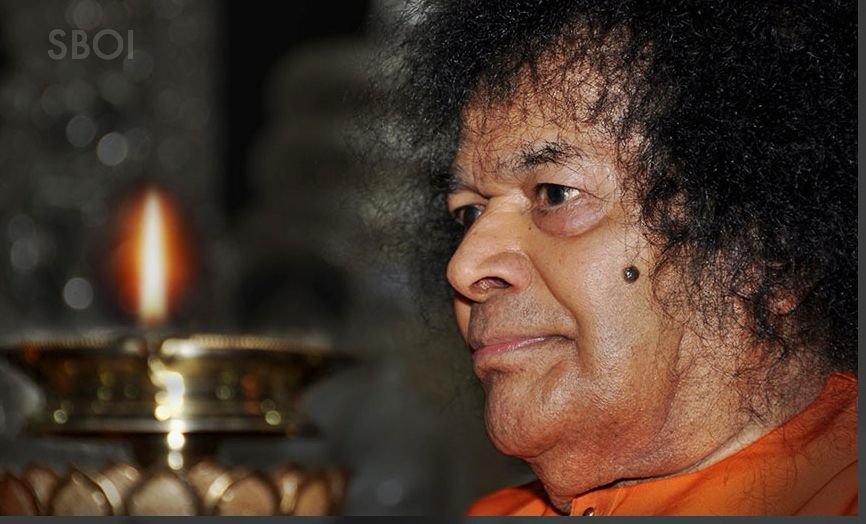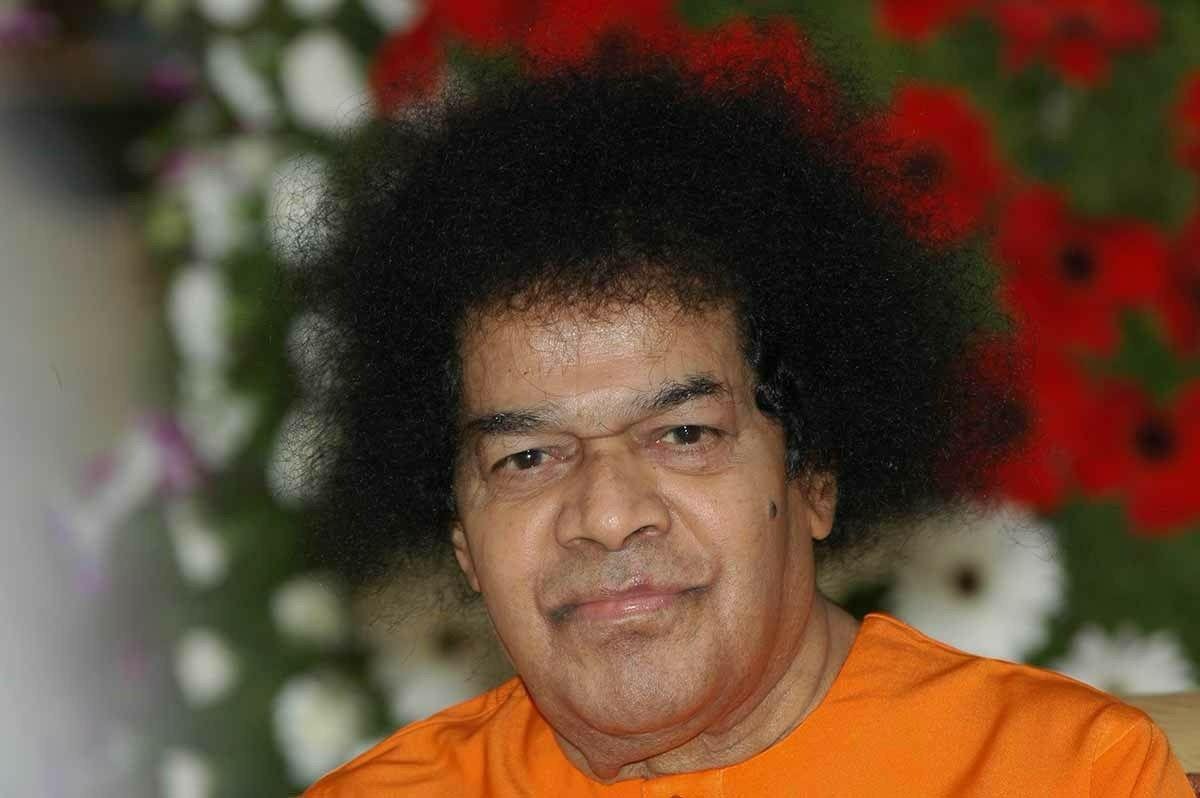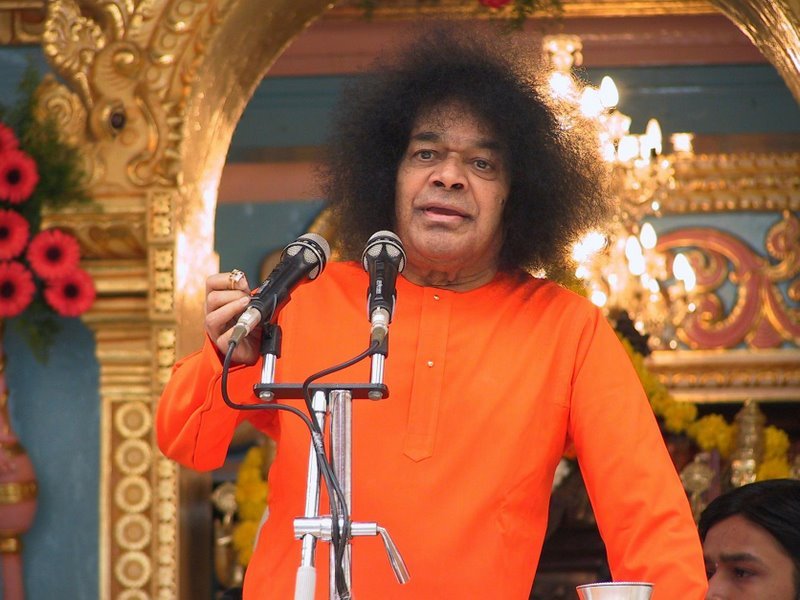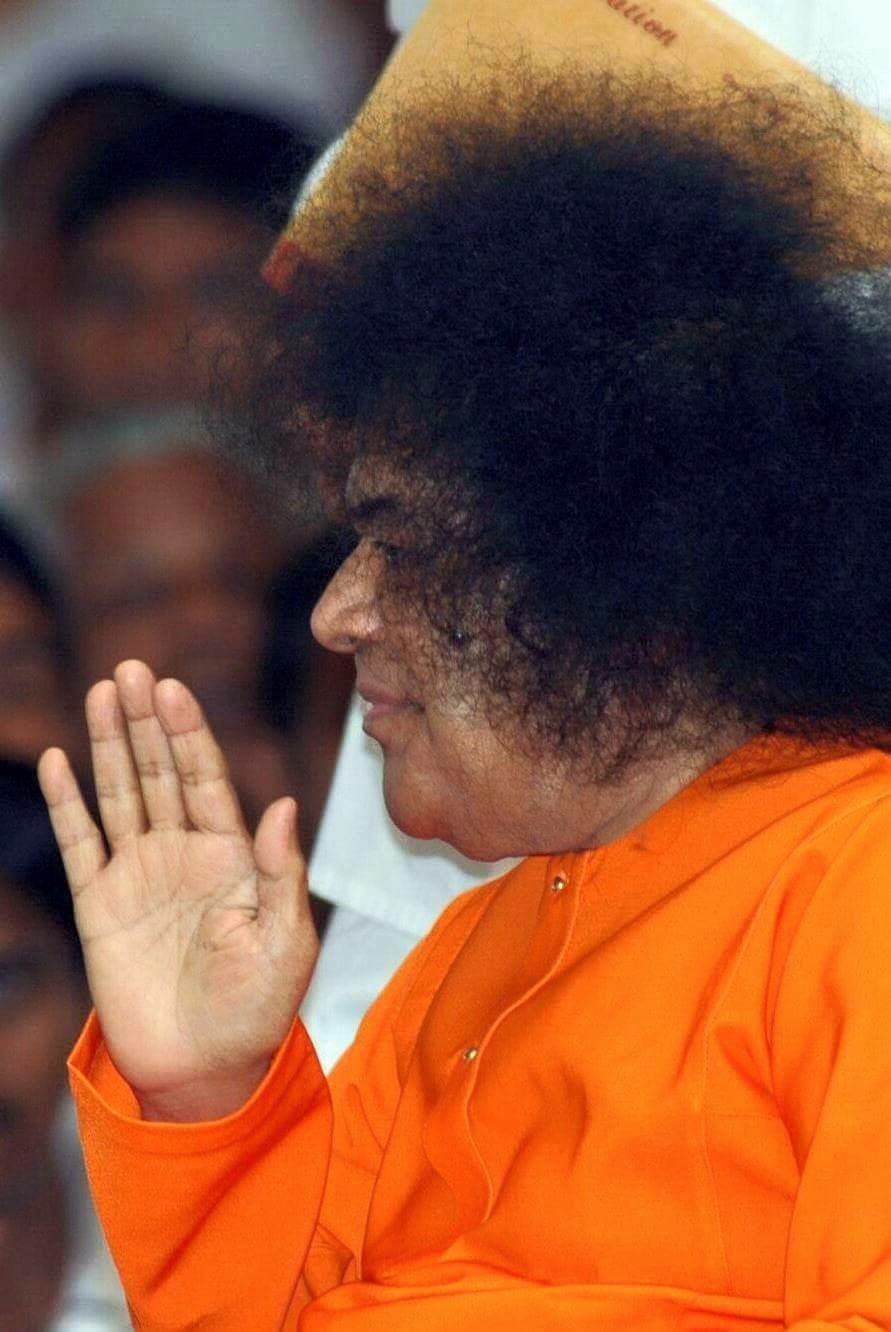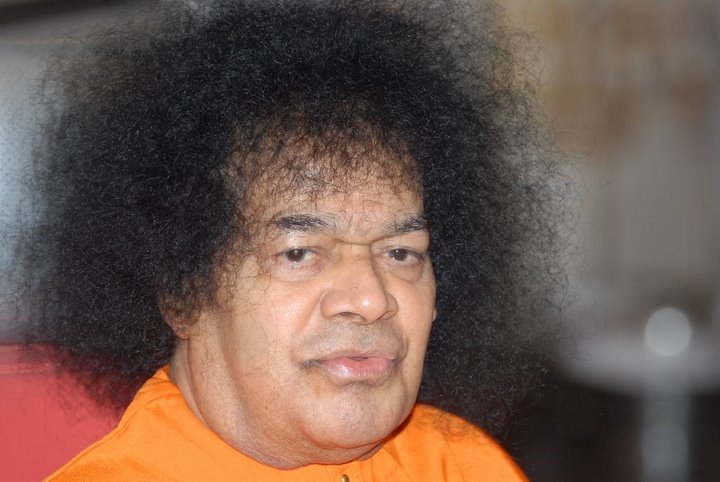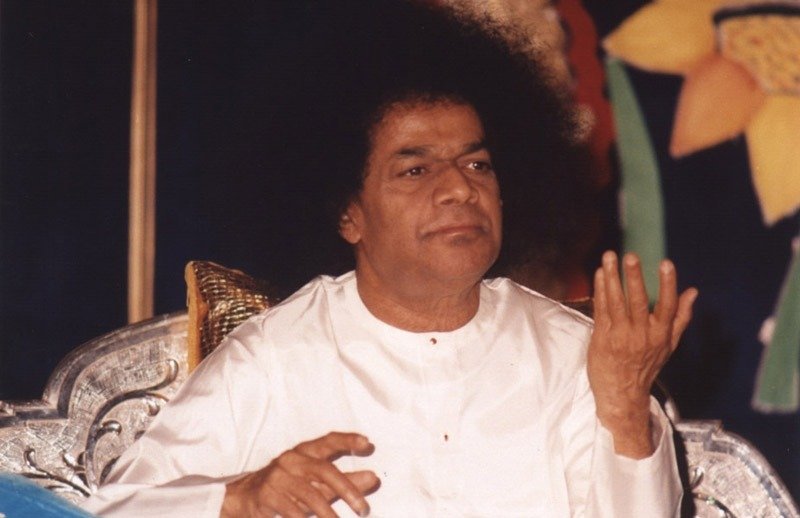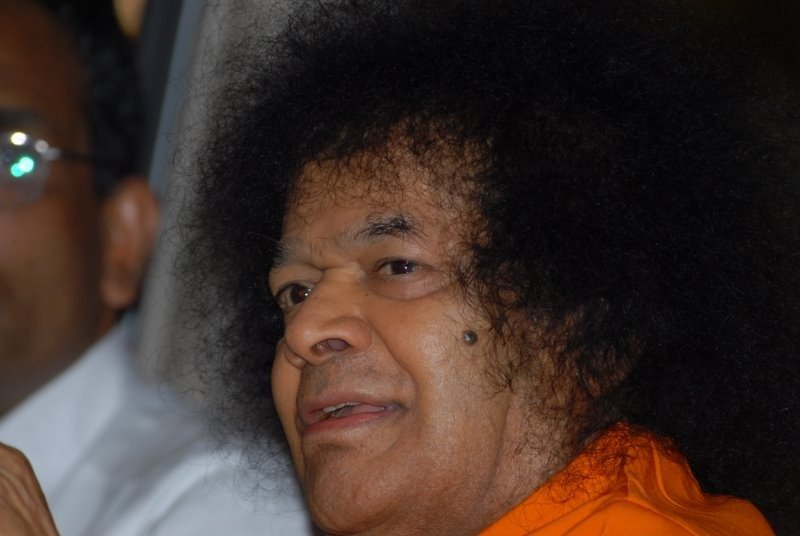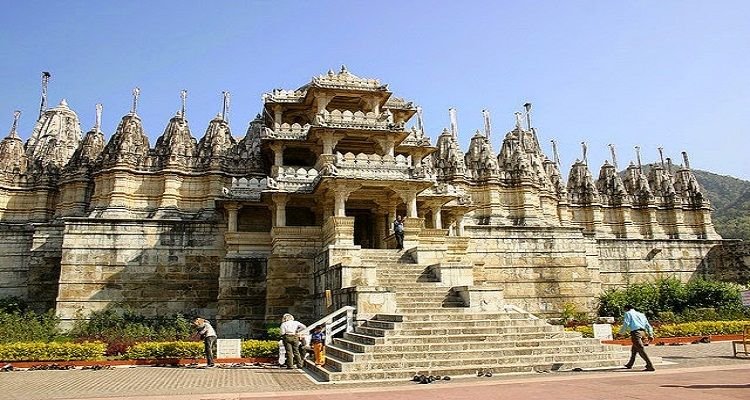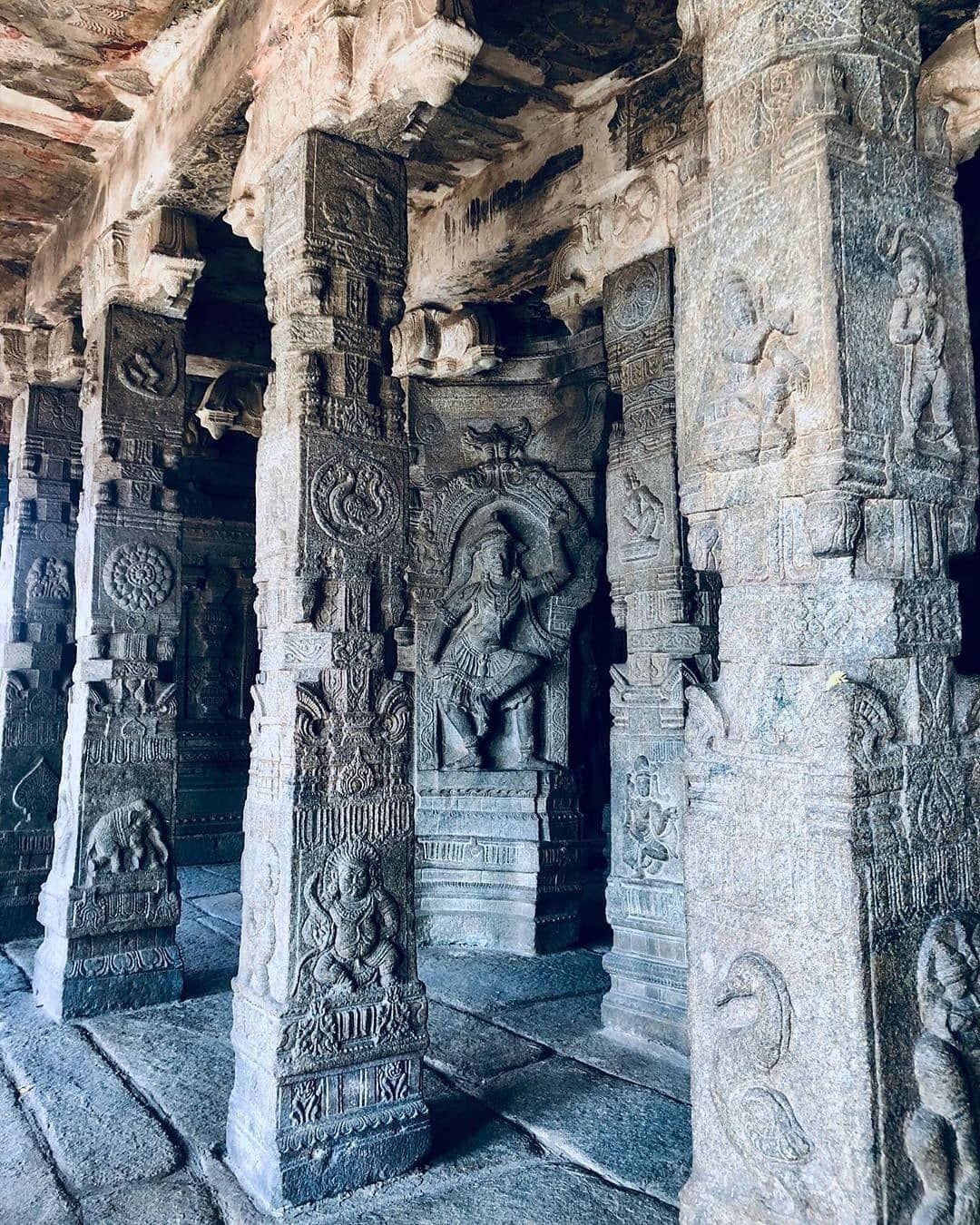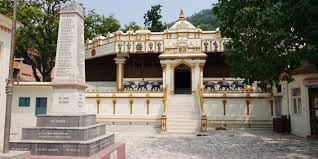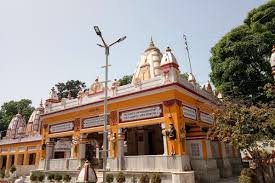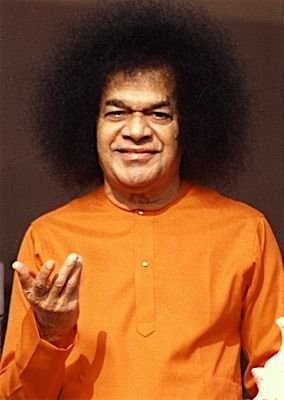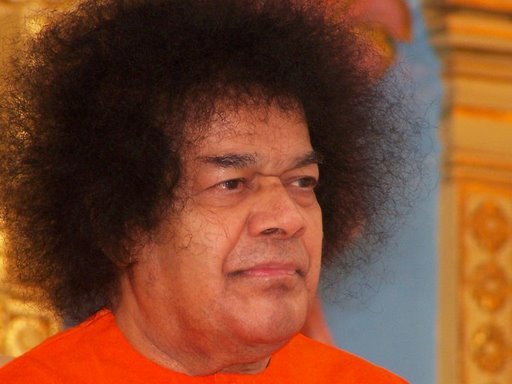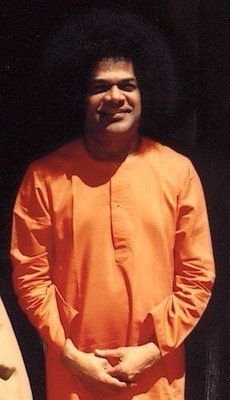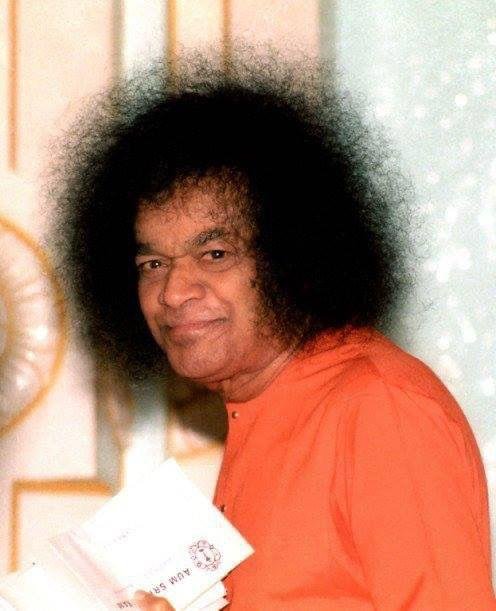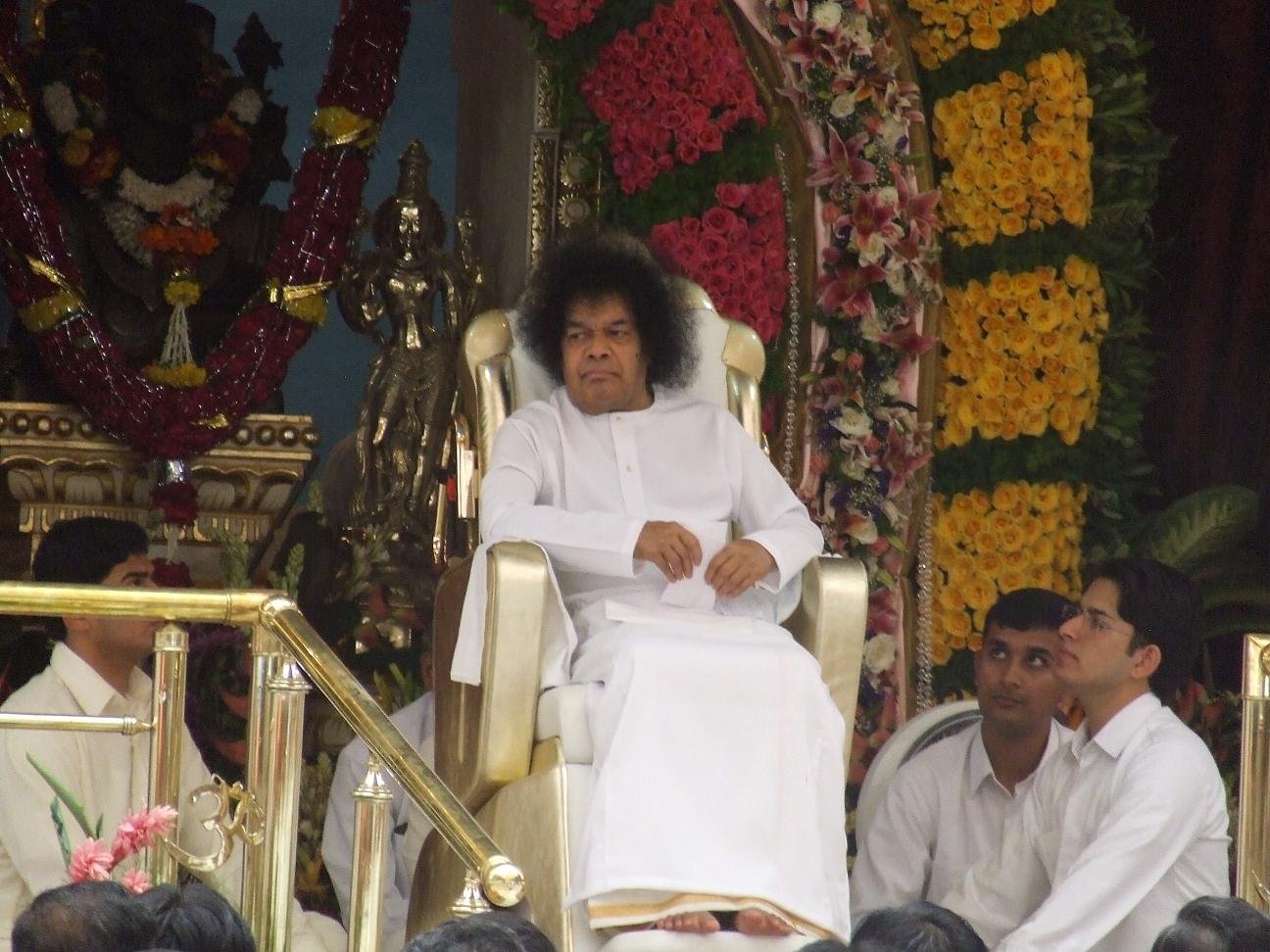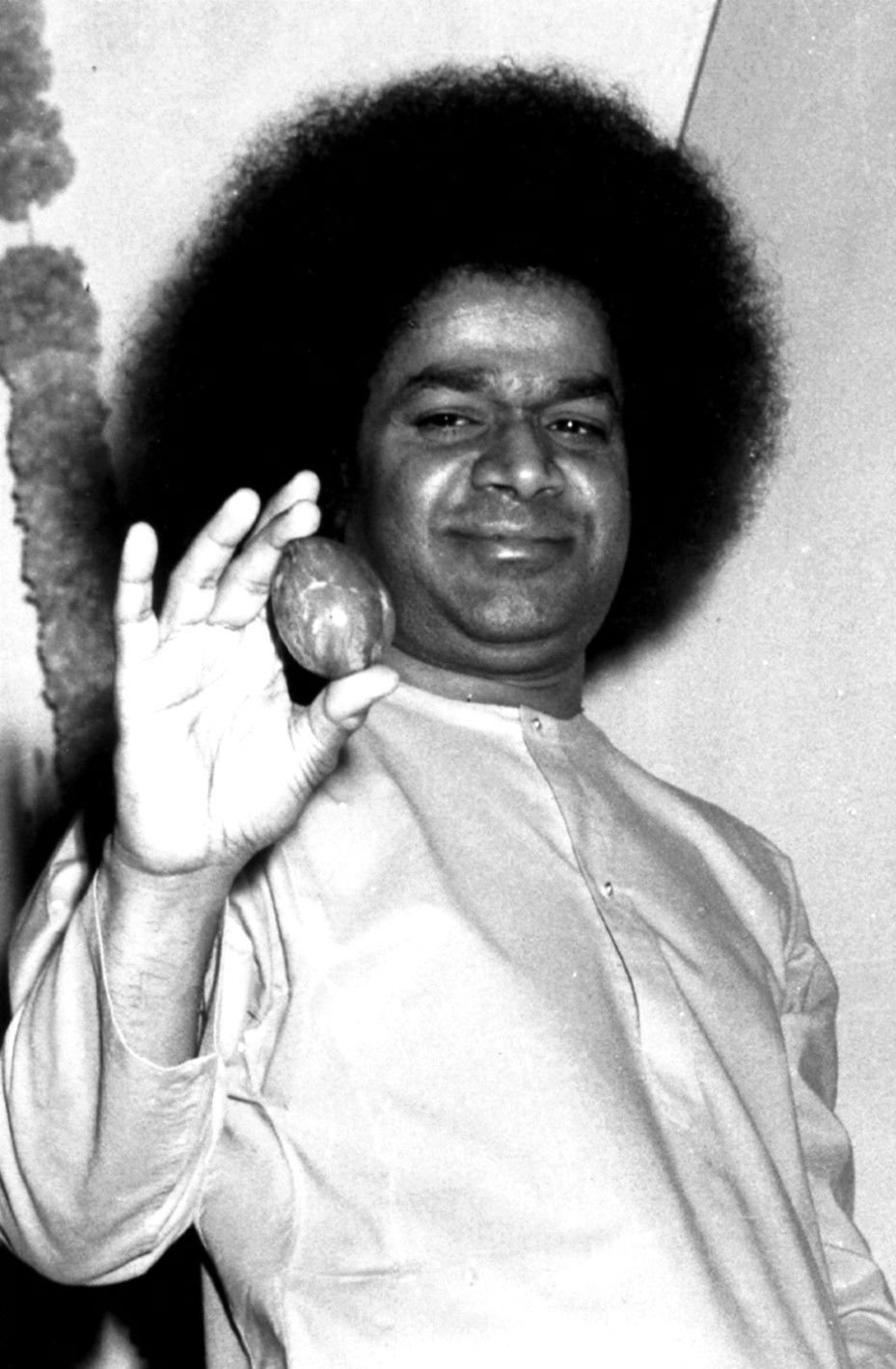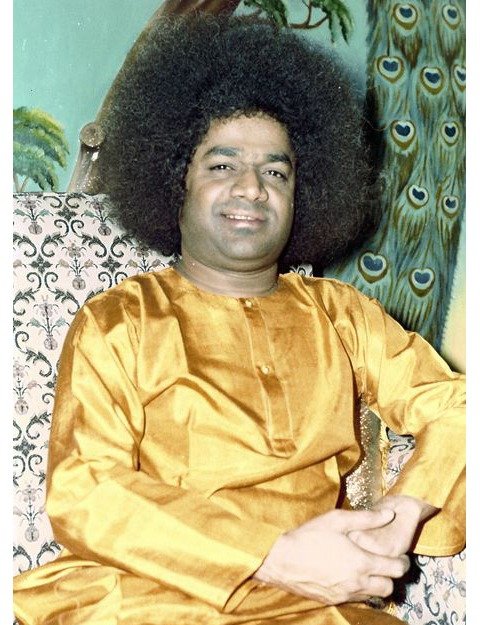Belur Math
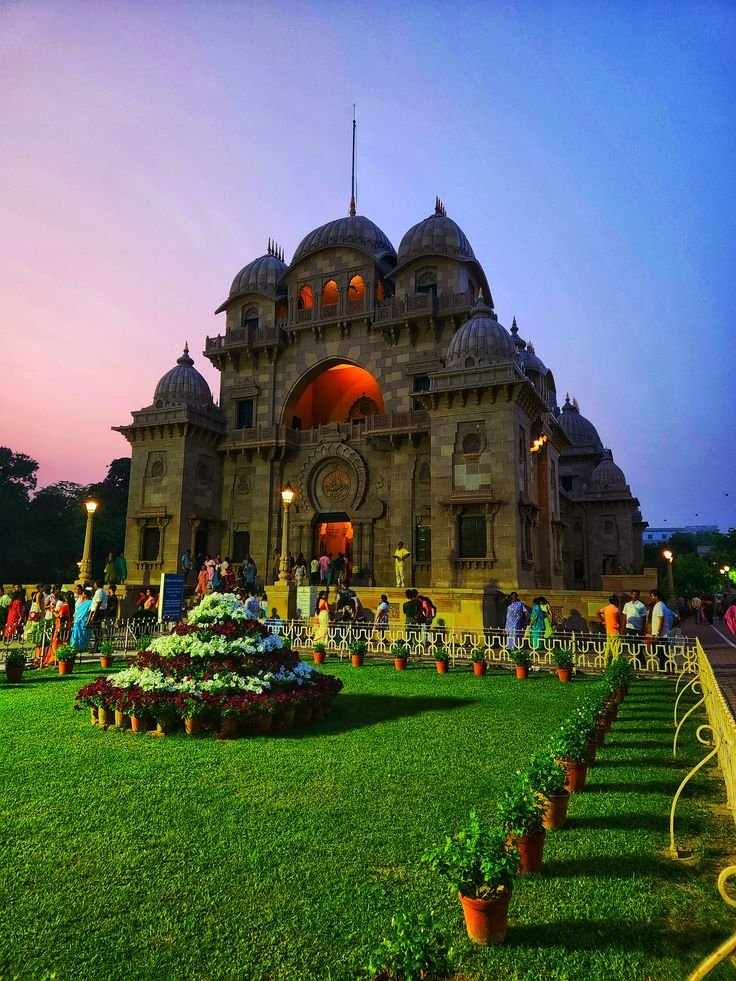
Belur Math – The Abode of Universal Harmony and Spiritual Enlightenment
Belur Math, situated on the western bank of the Hooghly River in Howrah, West Bengal, is not just a temple complex; it is a living symbol of religious unity, spiritual awakening, and humanitarian service. Founded in 1897 by Swami Vivekananda, the chief disciple of Sri Ramakrishna Paramahamsa, it serves as the headquarters of the Ramakrishna Math and Mission. The Math is a place where devotees and seekers from all over the world come to experience the teachings of universal love, harmony, and selfless service.
Historical Background
The history of Belur Math is deeply intertwined with the lives of Sri Ramakrishna, Holy Mother Sarada Devi, and Swami Vivekananda. After the passing of Sri Ramakrishna in 1886, Swami Vivekananda and his fellow disciples sought to establish a center that would propagate the teachings of their master, emphasizing the harmony of religions and the upliftment of humanity.
In 1897, a piece of land on the banks of the Hooghly River was purchased, and the foundation of Belur Math was laid. Swami Vivekananda envisioned the Math as a place where people of all faiths could worship God according to their own beliefs, reflecting his philosophy that “Truth is one; paths are many.” Over the years, the Math grew into a sprawling complex, including temples, shrines, meditation halls, educational institutions, and service centers.
Spiritual Significance
Belur Math is primarily dedicated to Sri Ramakrishna Paramahamsa, the 19th-century mystic saint of Bengal, who emphasized the direct experience of God and the unity of all religions. The Math also honors Holy Mother Sarada Devi, revered as the spiritual consort of Ramakrishna, and Swami Vivekananda, who spread the message of Vedanta worldwide.
The Math serves as a spiritual haven where devotees engage in prayer, meditation, and selfless service (Seva). Daily rituals include bhajans (devotional songs), worship of the deities, and lectures on spiritual philosophy. Visitors often describe the atmosphere as serene and transformative, offering a sense of inner peace and universal connection.
Architectural Marvel
One of the most striking features of Belur Math is its unique architectural style, which symbolizes religious harmony. The main temple is constructed using a fusion of Hindu, Islamic, Christian, and Buddhist architectural elements:
- Hindu influences: Intricate carvings, spires, and mandapams reflecting traditional temple design.
- Islamic motifs: Domes and arches that signify unity with Islamic aesthetics.
- Christian elements: Structural layouts inspired by Gothic and European churches.
- Buddhist aspects: Serenity and symmetry reminiscent of pagodas and stupas.
This eclectic blend serves as a living metaphor of Swami Vivekananda’s vision — that all religions are valid paths leading to the same truth. The temple complex is further enhanced by beautifully landscaped gardens, the flowing Hooghly River, and quiet meditation spaces.
Belur Math and Humanitarian Work
Beyond being a spiritual center, Belur Math is also a hub of humanitarian and educational initiatives. The Ramakrishna Mission, headquartered here, runs schools, hospitals, orphanages, and relief programs across India and abroad. During natural disasters, the Math organizes emergency relief and rehabilitation programs, exemplifying Swami Vivekananda’s teaching that service to mankind is service to God.
The Math also encourages yoga, Vedanta studies, and spiritual retreats, making it a center for both inner transformation and social action.
Festivals and Celebrations
Belur Math celebrates several major festivals and spiritual events with grandeur:
- Ramakrishna Jayanti: Birthday of Sri Ramakrishna, marked by processions, bhajans, and special pujas.
- Swami Vivekananda Jayanti: Commemorating his birth, inspiring lectures, and youth programs are conducted.
- Durga Puja and Kali Puja: Traditional Bengali festivals celebrated in the Math with devotion and cultural programs.
During these events, the Math attracts thousands of devotees from India and abroad, creating a vibrant confluence of faith, devotion, and learning.
Visiting Belur Math
Belur Math is easily accessible from Kolkata, about 10 km from Howrah Station. Visitors can reach by train, bus, taxi, or ferry across the Hooghly River. The serene gardens, sprawling temples, and the majestic view of the river make it ideal not only for spiritual pilgrimage but also for cultural exploration and photography.
The temple is open all year round, with specific timings for morning and evening prayers. Visitors are encouraged to maintain silence, respect the sanctity of the premises, and participate in meditation or bhajans to fully experience the spiritual ambiance.
Conclusion – A Symbol of Unity
Belur Math stands as a beacon of universal brotherhood, religious tolerance, and spiritual enlightenment. It embodies the vision of Swami Vivekananda that all religions lead to the same ultimate truth, and that humanity can achieve peace and harmony through devotion, knowledge, and service.
With its unique architecture, serene surroundings, and emphasis on humanitarian service, Belur Math is not just a temple or monastery — it is a living testament to the eternal values of love, u



